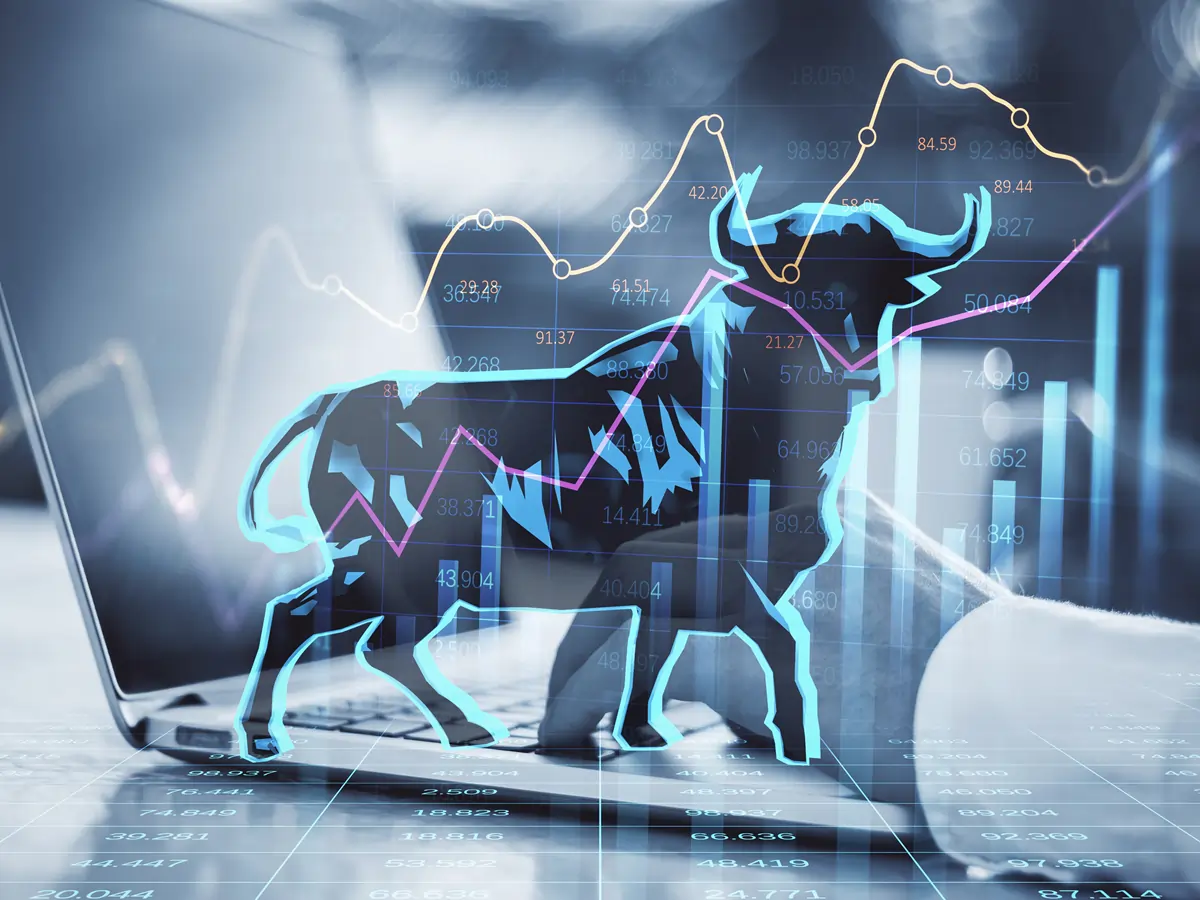Market News
India remains best structural growth story in global equities, says Jefferies’ Christopher Wood
.jpeg)
4 min read | Updated on September 19, 2025, 15:32 IST
SUMMARY
Wood argues that assuming a trend of 10% nominal GDP growth rate and 1% annual rupee depreciation, India is on track to achieve Prime Minister Narendra Modi’s $10 trillion economy target by the mid-2030s.

The GREED & fear report says that NIFTY Midcap 100 Index is currently trading at 27.3 times 12-month forward, higher than the 20.5 times multiple for the NIFTY50. Image: Shutterstock
India continues to stand out as the strongest long-term structural growth story among global equities, Christopher Wood, global head of equity strategy at Jefferies, wrote in the latest GREED & fear report.
In his latest report, Wood highlighted that the foundation of this story lies in the deepening of equity issuances, particularly within the small- and mid-cap segments, which, despite their higher valuations, remain the most attractive part of the market.
The GREED & fear report says that the NIFTY Midcap 100 Index is currently trading at 27.3 times 12-month forward earnings, significantly higher than the 20.5 times multiple for the NIFTY50. However, the premium is justified by earnings growth potential of over 20% in the small- and mid-cap space.
The report also notes that India has a vast pool of unlisted companies. While 3,000 companies already generate revenues of more than $100 million, for every one company listed, there are two more of similar scale awaiting entry to capital markets.
This could lead to a surge in initial public offerings (IPOs) going ahead. As per one market presentation cited in the report, nearly 80 IPOs could raise $35 billion over the next 12 months. The pipeline underscores the attractiveness of India’s equity markets for corporates and private equity investors seeking exits at favourable valuations, Wood said.
Foreign ownership at multi-year low
Even as domestic markets remain vibrant, foreign investor positioning in Indian equities has weakened. The GREED & fear report highlights that foreign ownership of Indian stocks has declined from 22% at the end of 2019 to just 16% now—the lowest in several years. This trend has coincided with India’s steep one-year underperformance relative to MSCI emerging markets, where India lagged by 30 percentage points in the past 12 months, marking its worst relative performance since 1996.
Despite this negative backdrop, Wood says that India’s markets are not in crisis but rather undergoing a “healthy consolidation”.
Domestic flows absorbing supply
One major support for Indian equities has been the steady inflow of domestic savings. According to Jefferies’ India research head Mahesh Nandurkar, who spoke at Jefferies’ 4th India Forum in Gurgaon this week, the Indian market is expected to trade sideways for the rest of the year as inflows from mutual funds and systematic investment plans (SIPs) continue to absorb the large equity supply.
Data cited in the report shows that India saw $21 billion of equity inflows in the first five months of FY26, including $3 billion a month from SIPs alone. These flows are almost balancing out supply running at $6–10 billion a month. Wood expects a fresh equity supply of $50–70 billion over the next year, as corporates and private equity firms continue to raise funds at favourable valuations.
India on track to achieve PM Modi’s $10 trillion economy target
While the base case is sideways trading in the near term, GREED & fear sees room for a potential rally in early 2026 if policy easing measures—such as GST rationalisation or Reserve Bank of India (RBI) rate cuts—gain traction. This could push returns beyond the earlier estimate of 10–15%.
On the macroeconomic front, India’s GDP growth in 1QFY26 came in at 7.8% year-on-year, well ahead of the 6.7% consensus estimate. Though nominal GDP growth slowed to 8.8% from 10.8% in the prior quarter, it was still higher than forecasts. For the full year, Jefferies expects nominal GDP growth to average 9.5%, only slightly below the long-term trend of 10–12%.
Looking ahead, Wood argues that assuming a trend of 10% nominal GDP growth rate and 1% annual rupee depreciation, India is on track to achieve Prime Minister Narendra Modi’s $10 trillion economy target by the mid-2030s.
About The Author
Next Story

